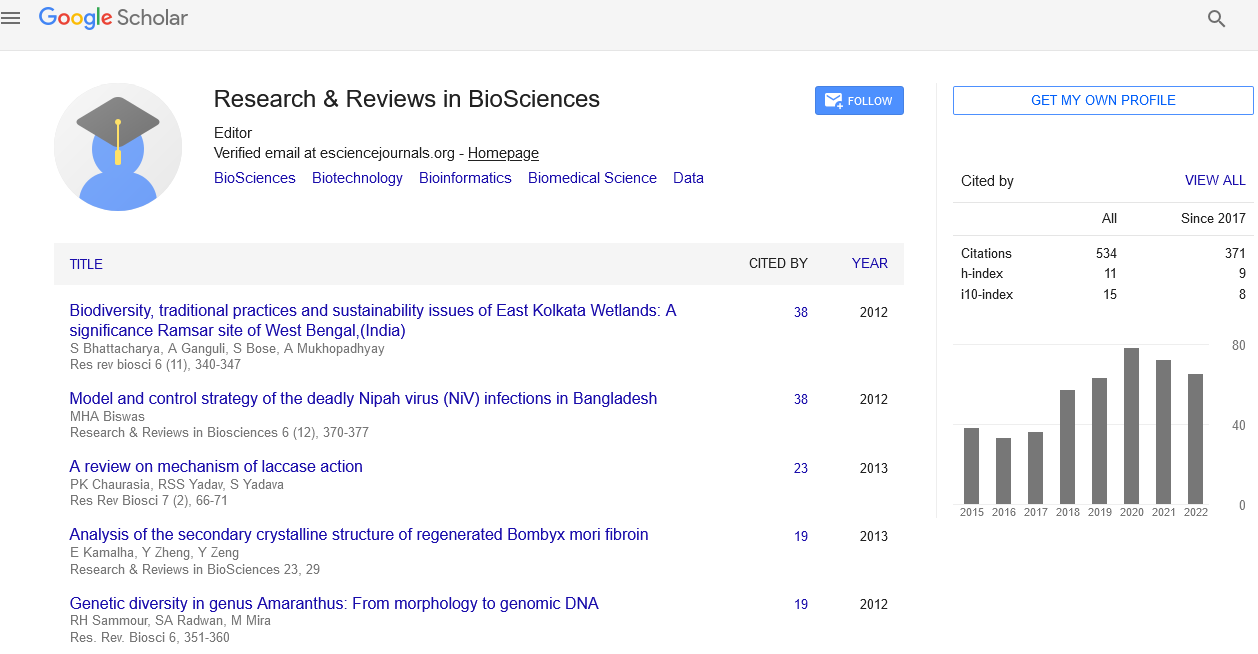Abstract
Comparison Of Gene Targeting Efficiencies In Two Mosses Suggests That It Is A Conserved Feature Of Bryophyte Transformation
Author(s): Fabien Nogue, Benedicte Trouiller, Florence Charlot, Sandrine Choinard, Didier G. SchaeferThe moss Physcomitrella patens is a novel tool in plant functional genomics due to its exceptionally high gene targeting efficiency that is so far unique for plants. The preferential integration of exogenous DNA sequences by homologous recombination at targeted locations of the moss genome enables accurate studies of gene/function relationships. To determine if this high gene targeting efficiency is exclusive to P. patens or if it is a common feature to mosses, we estimated gene targeting efficiency in another moss, Ceratodon purpureus. For this purpose, we characterised the adenine phosphoribosyl transferase gene from P. patens and C. purpureus and transformed both mosses with replacement vectors sharing similar extent of sequence homologies with their corresponding APT locus. Selection for loss of APT function in both mosses was facilitated since it confers resistance to 2-fluoroadenine. In these experiments, we achieved a gene targeting efficiency of 20.8% for P. patens and 1.05% for C. purpureus. Thus, we demonstrate that the efficiency of GT in C. purpureus is approximately 2 orders of magnitude higher than in vascular plants, and at least 10 fold lower than in P. patens. Such situation is reminiscent of the variable gene targeting efficiencies observed in different yeasts and filamentous fungi species. Our findings support the hypothesis that efficient gene targeting could be a general mechanism of Bryophyte transformation.
